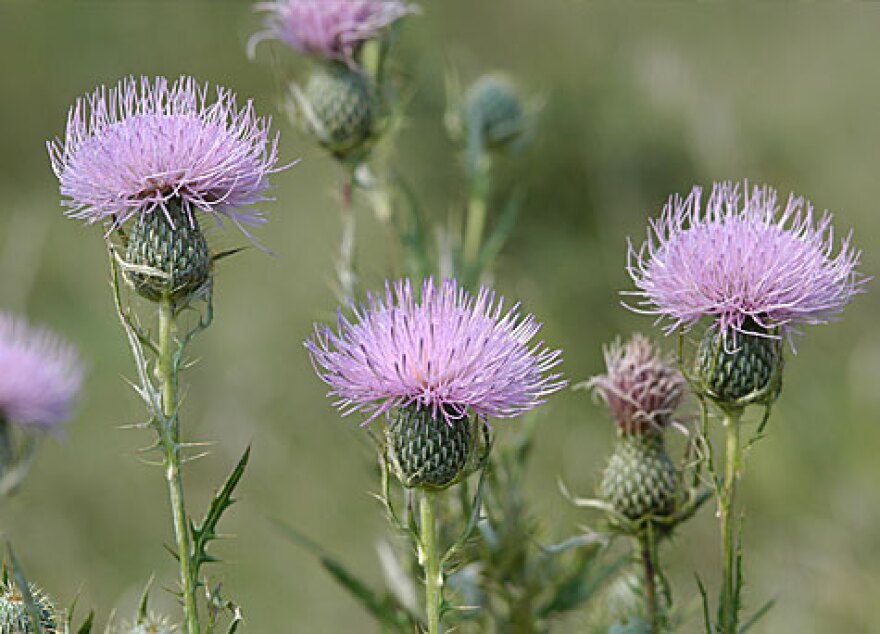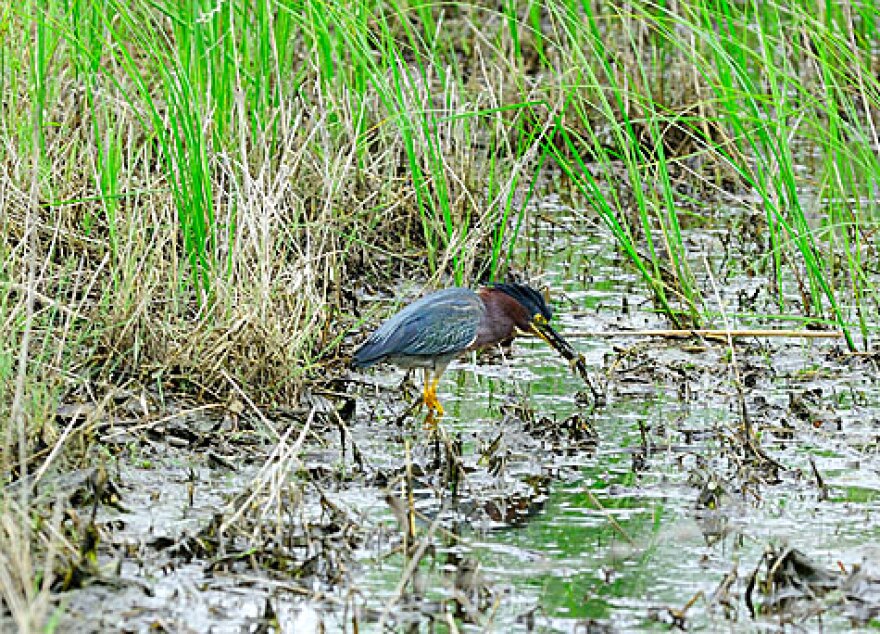Gradually, the Midewin National Tallgrass Prairie is growing into its name.
About 2,000 acres of the 19,000-acre complex has been restored to tallgrass prairie, and the wetlands and woodlands there are increasingly inviting to flora and fauna.
The evolution of the site, located about 50 miles southwest of Chicago, suits the name Midewin, which comes from the Potawatomi word for healing.

Once the home of the Joliet Army Ammunition Plant, built in 1940, the tract transferred in 1996 from the U.S. Army to the U.S. Forest Service, becoming the nation’s first federally designated tallgrass prairie preserve. Since then public, private and volunteer ecologists have worked to return cropland and pasture riddled by invasive and non-native species into the lush fields and forests that covered Illinois prior to the settlement by European-Americans in the 1800s.

Flourishing at Midewin are 348 species of plants: the ear-leaf false fox-glove, coneflower, purple prairie clover, wild bergamot, big bluestem and little bluestem and Indian grasses, to name a few. Among those plants is the federally endangered leafy prairie clover (Dalea foliosa), which grows on the dolomite prairie at Midewin, says Renee Thakali, ecosystem restoration team leader for the forest service.

Midewin has also lured 108 species of breeding birds, such as Henslow sparrows, bobolinks, loggerhead shrikes and upland sandpipers, according to the National Audubon Society. (An additional 41 feed or winter there.) Then there are the wild mammals, reptiles, amphibians and aquatic species, including freshwater mussels.

Midewin has the state’s greatest population of upland sandpipers, an endangered species in Illinois, says Jeff Walk, director of science for The Nature Conservancy in Illinois. “There’s a huge population of a bird called the bobolink, a species that’s declined by more than 90 percent in Illinois over past 50 years,” Walk says, noting that many thousands of the birds nest at Midewin.

“Midewin is a great opportunity for Illinois because it’s such a large amount of open space so close to a major population center in Chicago,’’ Walk says. “The really wonderful thing about Midewin? There are places where you can stand and see natural vegetation and little, if any, evidence of development.”
Illinois Issues, July/August 2010










